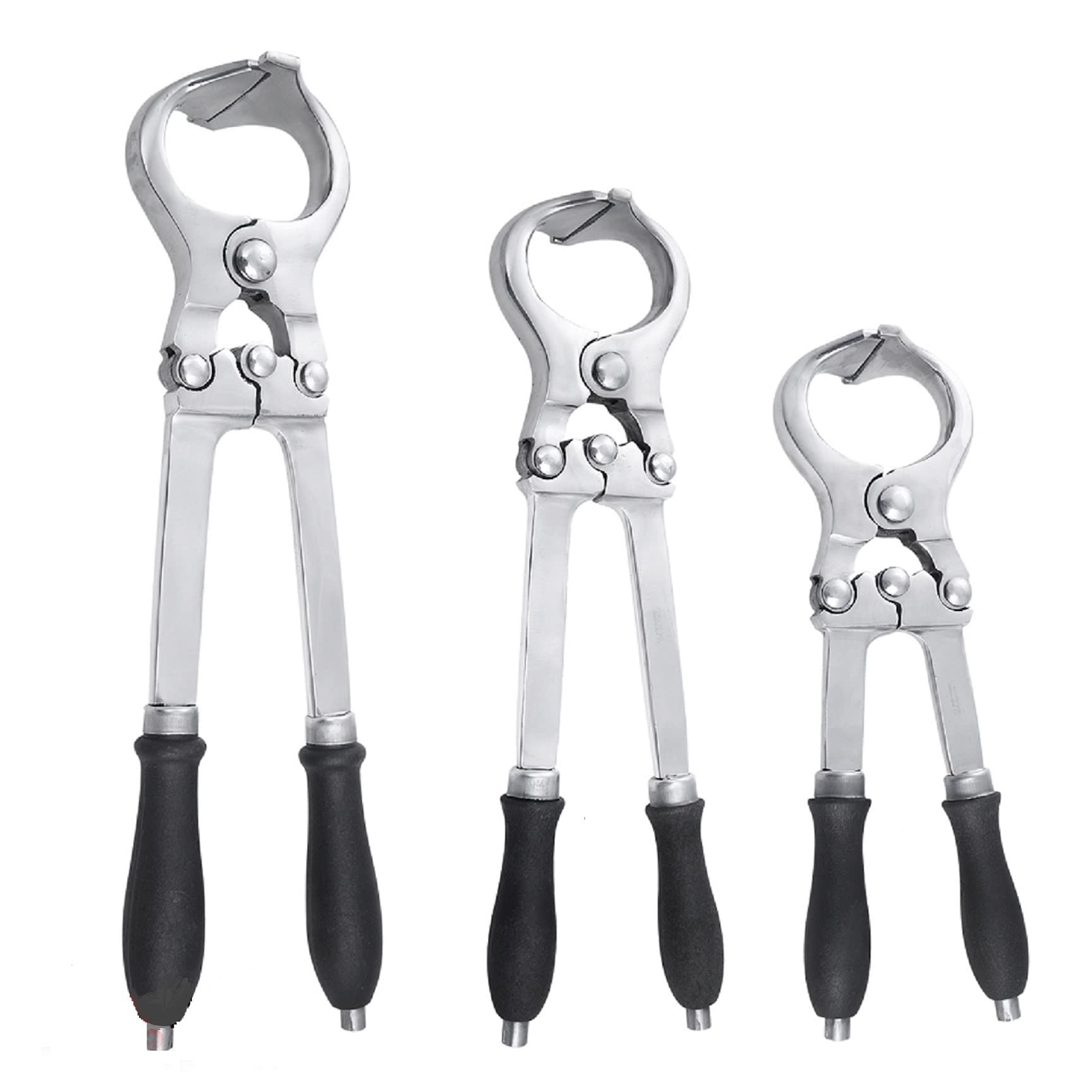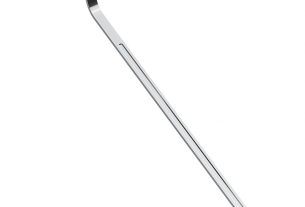As a farmer or rancher, you know that the health and well-being of your livestock is of utmost importance. One way to promote the health of your animals is through castration. Castrating tool is a device used in the process of removing the testicles of male animals, which reduces aggression and makes them easier to manage.
In this article, we will provide you with everything you need to know about castrating tools, including types, usage, benefits, and risks.
Types of Castrating Tools
There are different types of castrating tools available in the market. Here are some of the most common ones:
1. Burdizzo Castrator – This tool works by crushing the blood vessels and spermatic cord supplying blood to the testicles. It is commonly used on cattle, sheep, goats, and pigs.
2. Emasculatome – This tool has two clamps that crush the spermatic cords and blood vessels before cutting them off. It is commonly used on horses, cattle, and other large animals.
3. Elastrator – This tool uses a rubber ring to cut off circulation to the testicles until they fall off after a few weeks. It is commonly used on sheep, goats, and calves.
4. Knife Castration – This method involves making an incision in the scrotum and manually removing the testicles. It is commonly used on horses and other large animals.
Usage of Castrating Tools
Before using any castrating tool, it is important to follow proper procedures to ensure safety for both you and your animal. Here are some tips that can help:
1. Choose the right tool for your animal species.
2. Use appropriate restraint techniques to avoid injury.
3. Clean and sterilize your tools before use.
4. Apply anesthesia or sedation to minimize pain and stress.
5. Monitor your animal for any signs of infection or complications after the procedure.
Benefits of Castration
Castration has several benefits, including:
1. Reduced aggression – Castrated animals are less aggressive and easier to handle, reducing the risk of injury to handlers and other animals.
2. Improved meat quality – Castration can improve meat quality by reducing boar taint in pork and improving the taste and texture of meat in other species.
3. Population control – Castrating male animals can help control population growth in overpopulated areas.
Risks of Castration
While castration is generally safe, there are some risks involved, including:
1. Infection – The surgical site can become infected if proper hygiene is not followed.
2. Hemorrhage – Bleeding may occur during or after the procedure, especially if the tool is not used correctly.
3. Pain and stress – Castration can cause pain and stress for the animal if proper anesthesia or sedation is not applied.
Conclusion
Castrating tools are important devices for promoting the health and well-being of livestock. By knowing the different types of tools available, following proper usage procedures, understanding the benefits and risks, you can make an informed decision about whether castration is right for your animals.
References:
https://en.wikipedia.org/wiki/Castration
https://www.beefmagazine.com/animal-welfare/castration-101-understanding-procedures-and-pain-management




